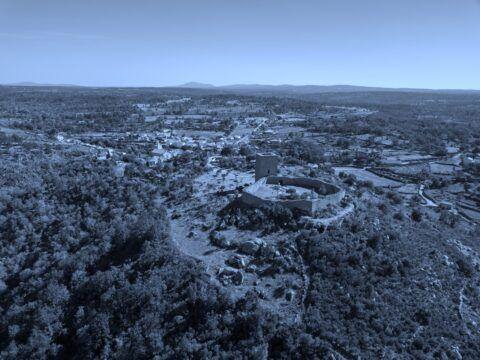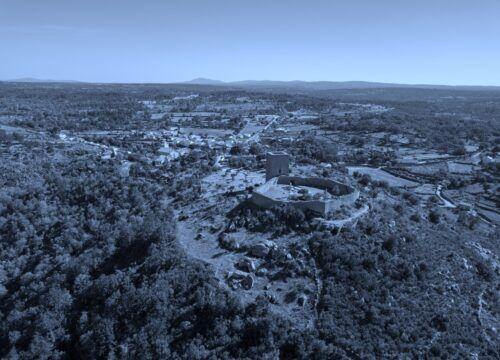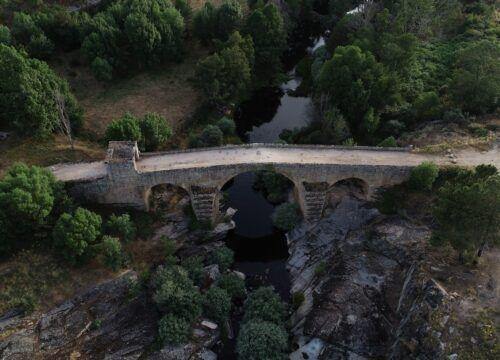Vilar Maior
SHORT HISTORY
The limits of Vilar Maior are known due to a letter by king Alfonso IX of León, dating back to 1227. It was part of the Leonese kingdom until it was definitely integrated into Portugal, following King D. Dinis’ conquest and the ratification of the Treaty of Alcanices, in 1297.
Its wall probably dates back to the 11th century/early 12th century, having been enveloped, in 1280, by a second enceinte, for a greater protection of its inhabitants. On 27th November 1296,
D. Dinis granted a royal charter to the town and added the keep to the castle.
Over the centuries, several kings took an interest in the state of its fortification, with works carried out during the reigns of D. Fernando, D. João I and D. Manuel I. The latter renewed the town’s charter on 1st June 1510 and the pillory that we can still find today on a square of Vilar Maior’s downtown probably dates back to this time.
FOR A VISIT
The town was part of the Kingdom of León until being conquered by D. Dinis. After being integrated into national territory in 1297, the king reinforced the castle with the addorsed keep. Inside, there were some buildings until the 17th century, recently excavated. Outside, we can still find some vestiges of a barbican, which helped to protect the wall.
As you walk towards the first houses, you will find the ruins of the medieval church of Holy Mother of the Castle and, below, the main church, to where the ancient baptismal font of Santa Maria
do Castelo was taken.
The houses in the higher area were protected by a second wall, now disappeared except for a small section next to the Vilar Maior Museum. The Museum occupies the building where the former Town Council and prison operated, until the extinction of the council in the 19th century. On a rocky outcrop to the south of the museum, there is a panel with engravings probably from the Middle Bronze Age (3500 – 4000 years ago).
Over time, the village was spread out to the flattest area, at the foot of the hill. Here we are able to find two manor houses at Largo das Portas, one of which dates back to the 15th century; the pillory; the Misericórdia church and a medieval bridge over the Cesarão river.
Download the flyer here




